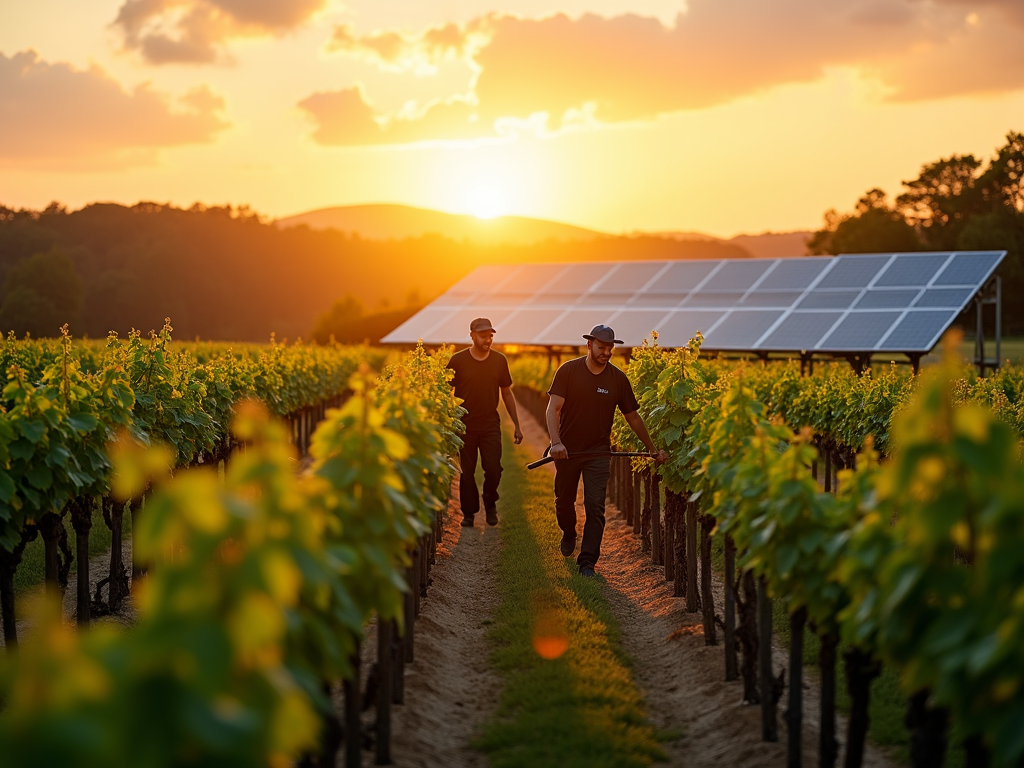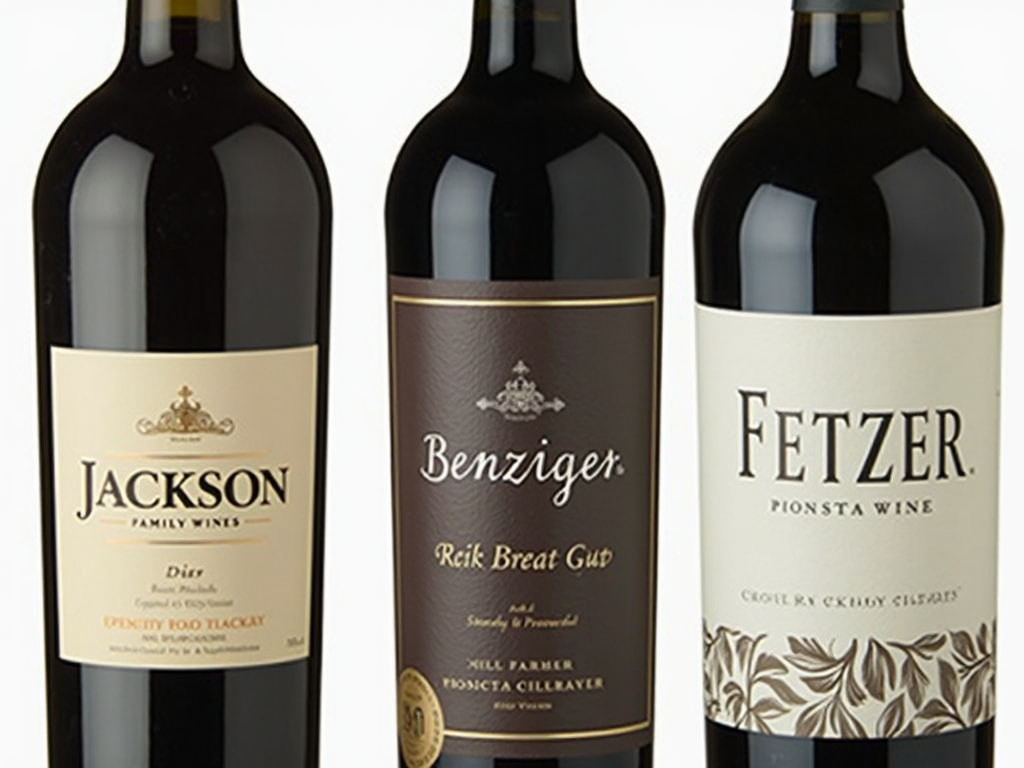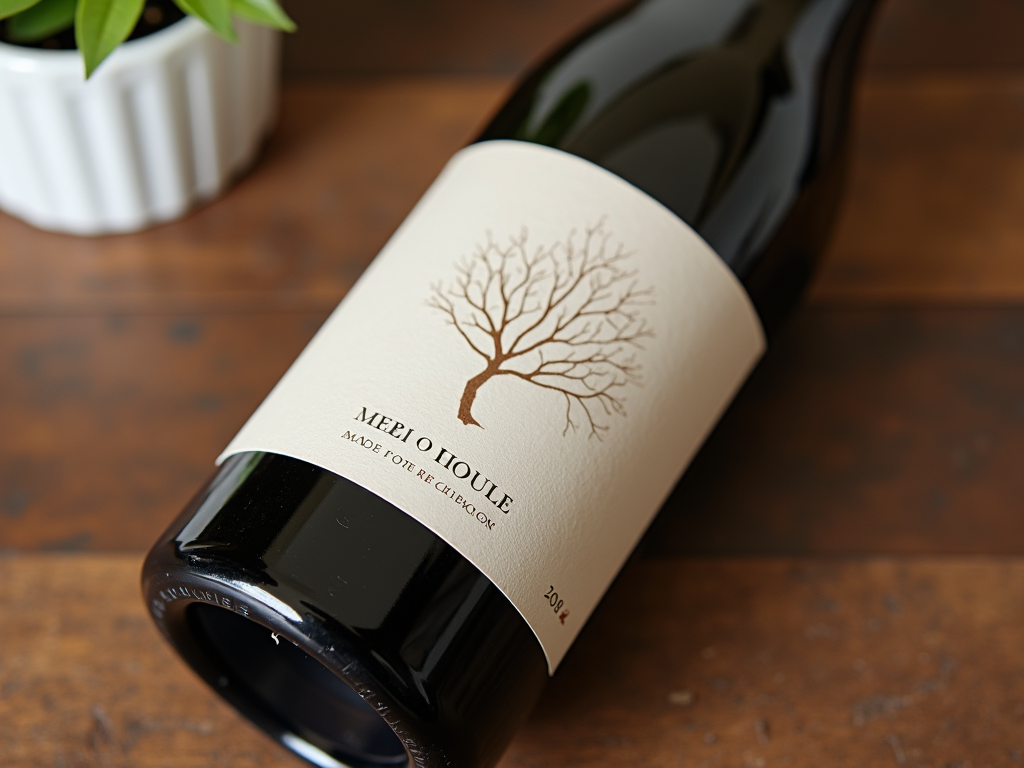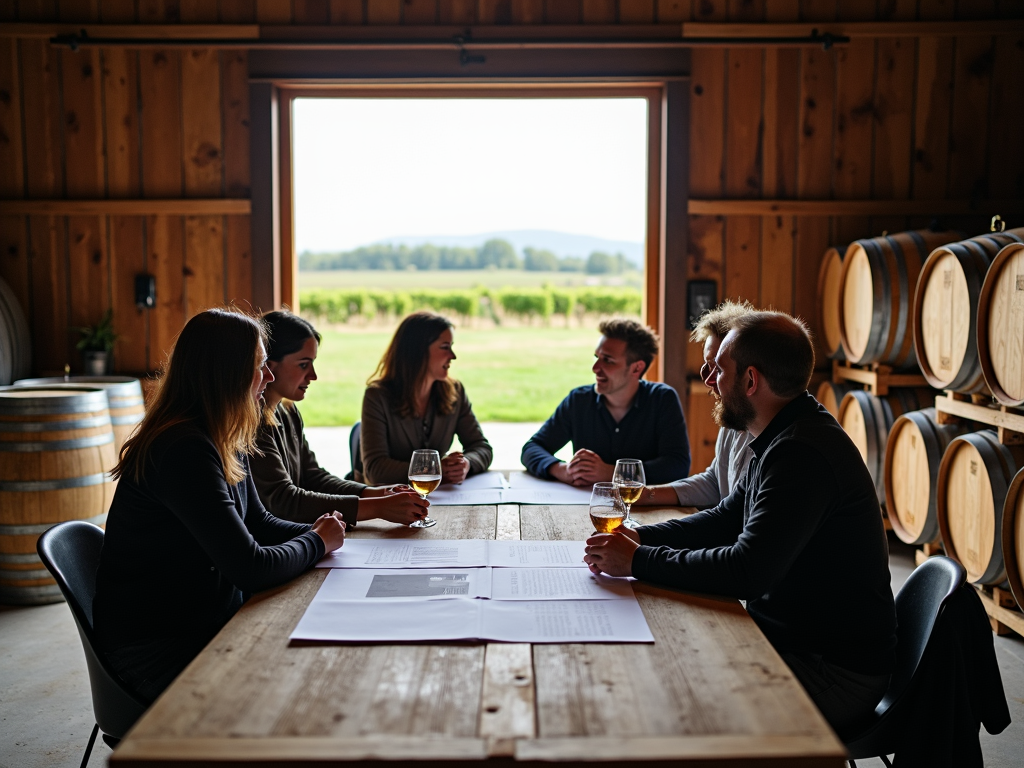Sustainability in the Wine Industry: A Deep Dive into Eco-Friendly Practices
The wine industry is changing fast as sustainability takes center stage. Wineries are adopting eco-friendly practices to protect the planet and meet growing consumer demand. This article dives into Sustainability in the Wine Industry, spotlighting leaders like Jackson Family Wines and exploring innovative trends like bottle labeling.

What Sustainability Means for Wine
Sustainability in the Wine Industry is about balancing environmental care, social good, and profitability. It’s not just a buzzword—it’s a way to ensure wine-making thrives for years to come. Here are the key areas:
- Organic Farming: Using natural pest control and fertilizers to keep soil healthy.
- Water Saving: Smart irrigation cuts waste in dry regions.
- Energy Use: Solar and wind power lower emissions.
- Packaging: Lighter bottles and recycled materials reduce trash.
I’ve always loved wine, but learning how it’s made opened my eyes. Visiting a vineyard last summer, I saw workers hand-pick grapes and use compost instead of chemicals. It hit me—small choices in the vineyard can make a big difference for the earth.

Jackson Family Wines: Setting the Bar
Jackson Family Wines stands out among wine brands for its green efforts. They’ve made sustainability a priority, and it shows:
- Certified Vineyards: Over 90% of their land meets strict eco-standards.
- Water Tech: They’ve cut water use by 30% with clever systems.
- Solar Power: Panels run their wineries, slashing energy bills.
- Community Focus: Fair wages and local support keep their regions strong.
What impresses me most about Jackson Family Wines is their scale. They’re not a tiny operation—they produce millions of bottles yet still prioritize the planet. It proves sustainability isn’t just for small players; big brands can lead too.

Jackson Family Wines vs Other Wine Brands
How does Jackson Family Wines stack up? Let’s compare:
| Brand | Key Sustainability Focus | Standout Feature |
|---|---|---|
| Jackson Family Wines | Water, energy, certification | 90%+ certified vineyards |
| Benziger Winery | Biodynamic farming | Self-sustaining ecosystem |
| Fetzer Vineyards | Organic since 1986 | Early adopter of organic methods |
| Spottswoode Estate | Water and recycling | Comprehensive waste program |
Each brand shines in its own way, but Jackson Family Wines blends tech and scale like few others.
I tasted a Benziger wine recently—earthy and rich. Knowing it came from a biodynamic vineyard made it feel special. It’s clear wine brands are finding unique paths to sustainability, and that variety keeps the industry exciting.

The Evolution of Wine Bottle Labels: Tradition Meets Innovation
Wine bottle labels aren’t just pretty—they’re going green too. Historically, labels were about prestige, often heavy and wasteful. Now, innovation is taking over:
- Recycled Paper: Made from old materials, not new trees.
- Green Inks: Soy or water-based options cut pollution.
- Simple Designs: Less ink, less waste, still eye-catching.
This shift reflects a bigger trend: consumers want wines that match their values.
Picking up a bottle with a minimalist label last week, I noticed it felt lighter too. It’s a small thing, but when millions of bottles ship yearly, those ounces add up. Tradition Meets Innovation here, blending old-world charm with new-world smarts.

Challenges Ahead
Sustainability isn’t easy. The wine industry faces hurdles:
- High Costs: Going green can strain budgets, especially for small wineries.
- Weather Shifts: Climate change messes with grape harvests.
- Awareness: Not all wine lovers know why this matters.
Still, progress is happening. Certifications and partnerships are pushing things forward.
I worry about smaller wineries I’ve visited—can they keep up? But seeing bigger players like Jackson Family Wines invest gives me hope. If they pave the way, others might follow.

A Greener Future
Sustainability in the Wine Industry is here to stay. Leaders like Jackson Family Wines show it’s possible to make great wine without harming the planet. As more wine brands join in, and as we choose eco-friendly bottles, the impact grows. The future of wine looks bright—and green.
Want to dig deeper? Check out the recommended readings below!